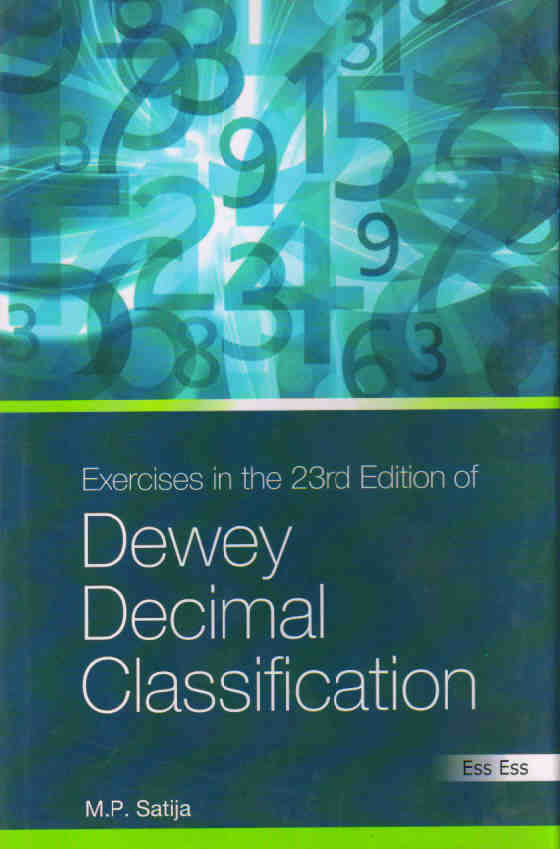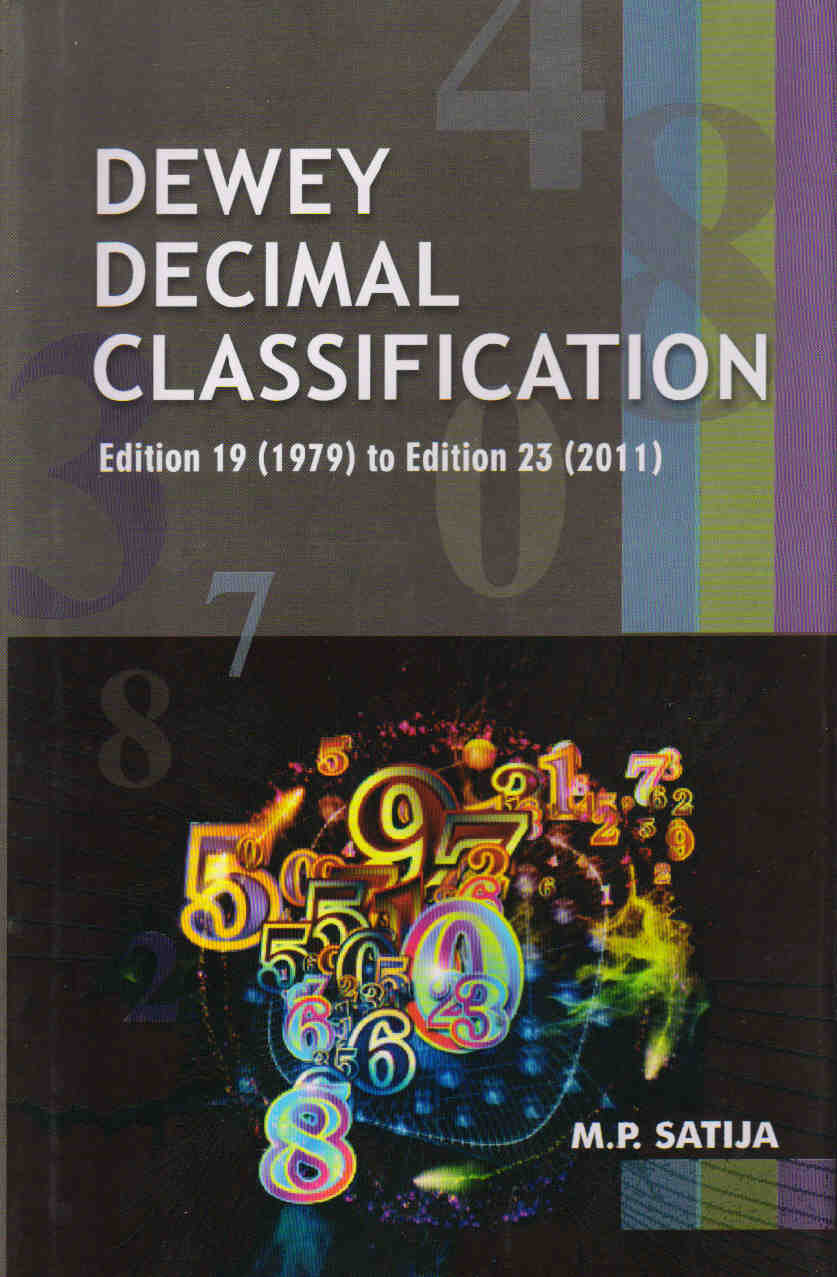This book seeks to complement two major works on the subject published in the U.S.A.by devoting it self tochronological book numbers. It is mostly an ignored rival line to alphabetical book numbers, indeed an ignored subject. The first four chapters dwell on the theoretical and general problems of book numbers, indeed an ignored subject. the first four chapters dwell on the tehoretical and general problem of book numbers: their definition, nature , usefulness and history. The chapter on the debate over the usefulness of book numbers tries to give the readersa taste of the debate that followed their conceptionand immediate development. Chapter four catalogues advantages of chronological book numbers. The remaining four chapters dwell upon the four specific chronollgical book numbering system. The desription of each system is prefaced by a brief life sketch of the inventor. Ranganathan's system has been fully but concsely explained. The other systems are by W.S.Biscoe, J. D. Brown, Fremont Rider and W.S. Rider and W.S. Merrill. There are twoappendices: one onthe chronology of book numbers (1873-1992), and another an almost exhaustive bibliography on the subject. Its aim is to invite the attention of scholars to a neglected part of our heritage.
Beyond Classification: Book Numbers
Rs. 200
Additional information
| ISBN | 8170001366 |
|---|---|
| Year of Publication | 1992 |
| Binding | HardBound |
| Pages | 127 |
| Edition | |
| Language | English |
Dedication preface Acknowledgments
Chapter 1: Book Numbers, Introduction
Chapter 2: Debate over the Usefulness of Book Numbers
Chapter 3: History of Book Numbers
Chapter 4: Chronological book Numbers
Chapter 5: Biscoe's Chronological Book Numbers
Chapter 6: Brown's Extended Date Table
Chapter 7: Colon Book Numbers
Chapter 8: Reder's Book Numbers
Chapter 9: Merrill's Book Numbers
Appendices: 1 Chronology of Book Numbers
2. Bibliography of Book Numbers
Author Index to the Bibliogaphy
Subject Index






